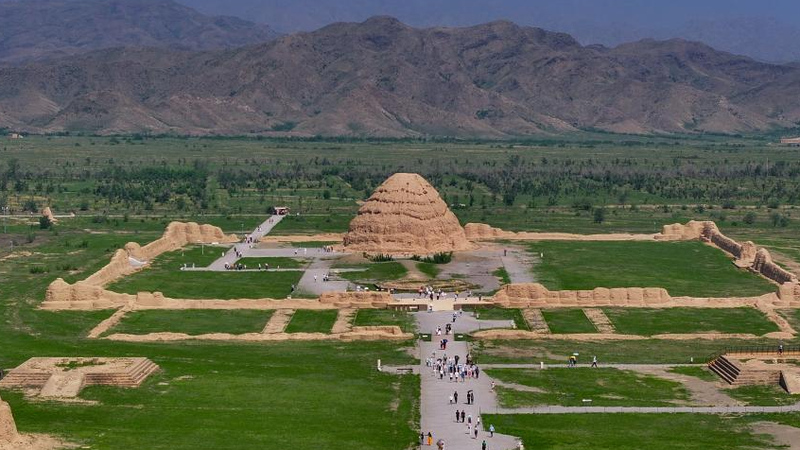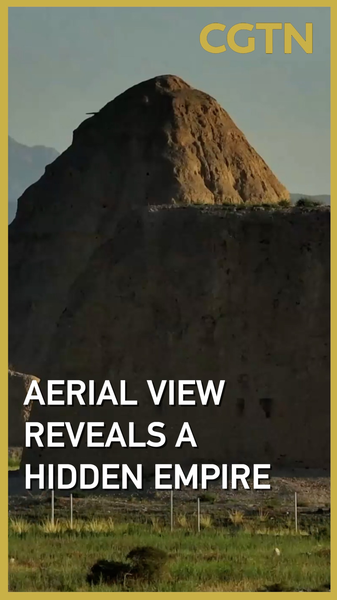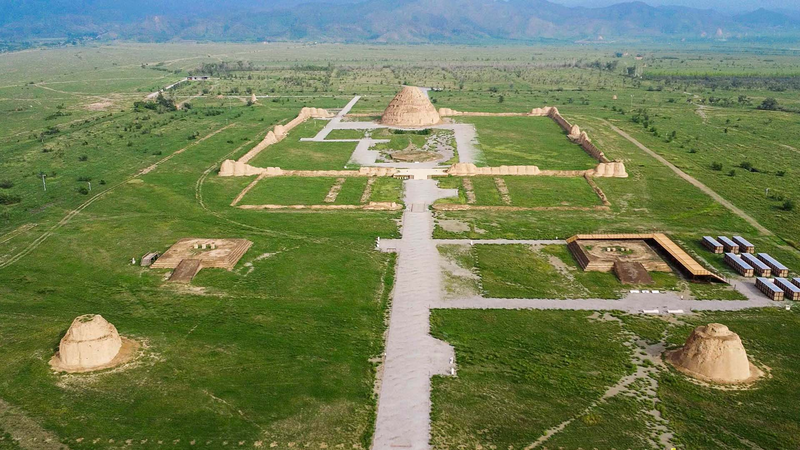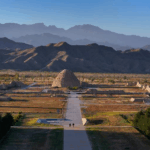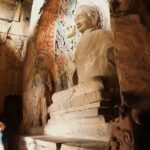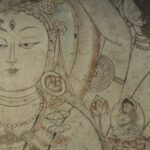Beneath the windswept deserts of Ningxia, a forgotten empire is rising from the sands. The Xixia Imperial Tombs – a 40 sq km necropolis dubbed the 'Pyramids of the East' – just scored UNESCO World Heritage status, putting the Tangut people’s 11th-century legacy back on the map! 🏛️
Once overshadowed by flashier dynasties, these 9 imperial mausoleums and 271 tombs reveal a multicultural empire that blended Buddhist cosmology, Han Chinese influences, and Central Asian diplomacy. Think Silk Road meets spiritual innovation 💡 – with intricate carvings telling stories of kings who ruled where deserts meet mountains.
China’s push to preserve this site isn’t just about history – it’s part of a modern vision. As tech rockets forward 🚀, the country’s also digging deep into its diverse roots. The Xixia revival shows how cultural preservation can fuel national identity while gifting the world new chapters of human civilization.
UNESCO’s recognition flips the script on heritage norms. Forget just celebrating conquerors – this nod to the Tangut empire highlights quieter, adaptive cultures that thrived through exchange. 🌏 It’s a win for underdog histories everywhere!
For travelers? Add this to your bucket list: walk among 800-year-old tombs where desert whispers meet ancient artistry. For culture buffs? It’s proof that lost empires can still teach us about coexistence and innovation. 📜✨
Reference(s):
Resurrection of forgotten empire: Xixia joins the World Heritage map
cgtn.com
